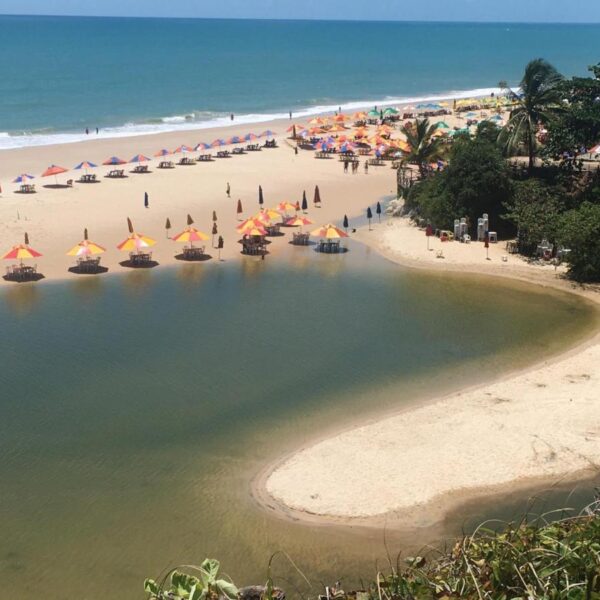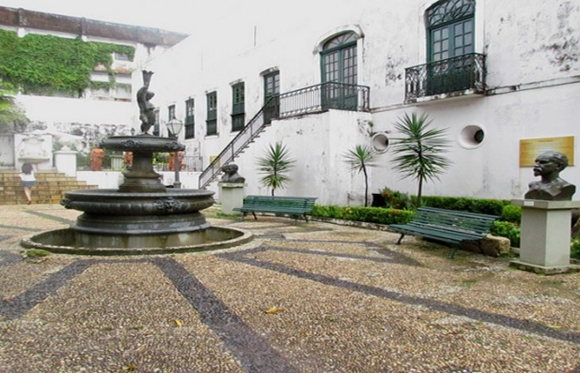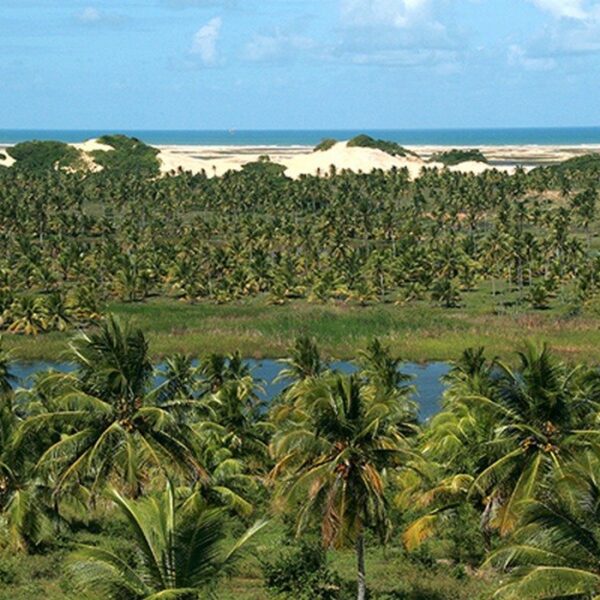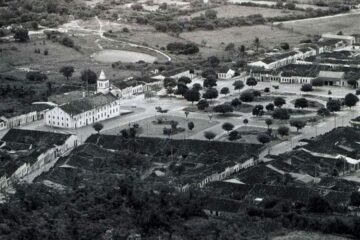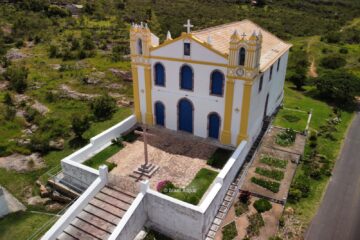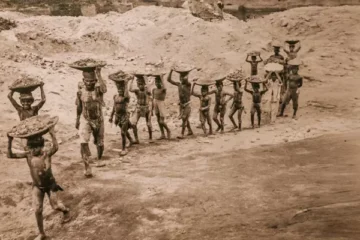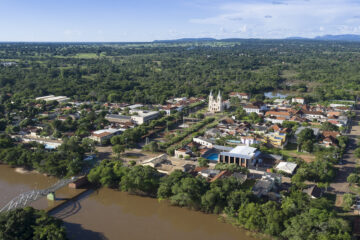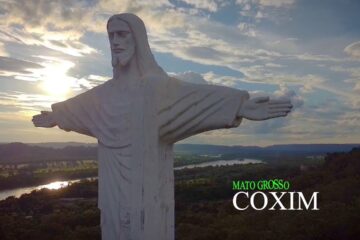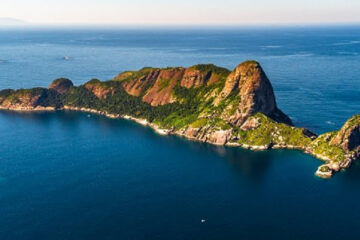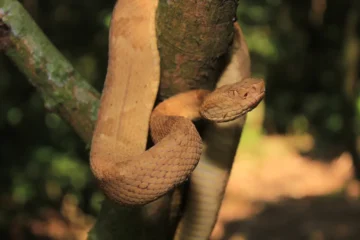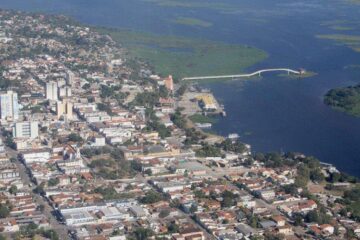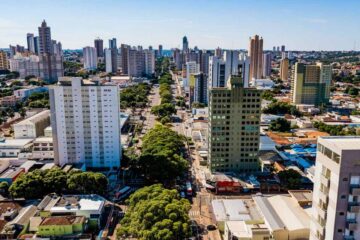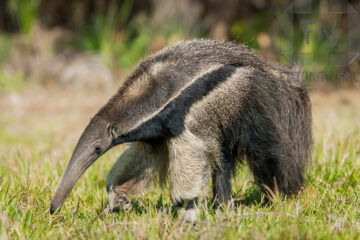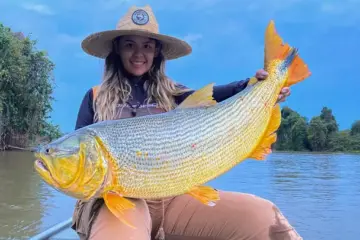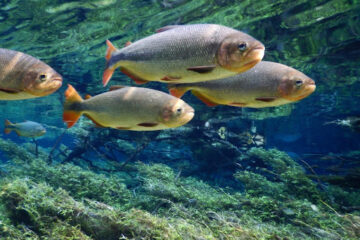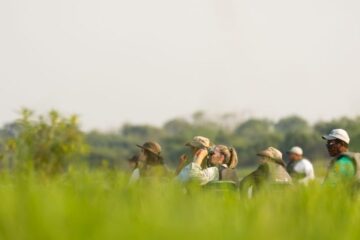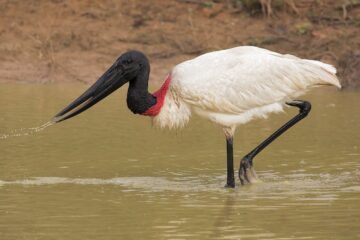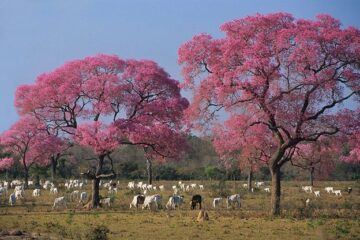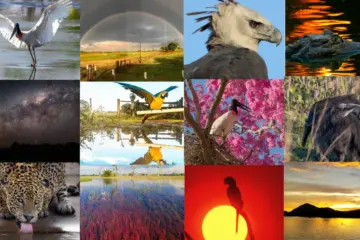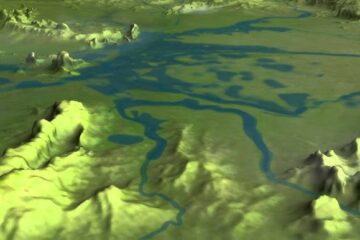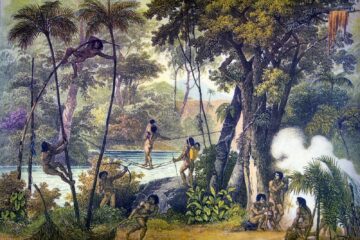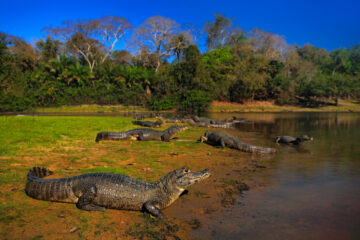Those who visit the municipality of Mataraca should not miss the Bom Jesus Mother Church, take a walk along the Camaratuba River, take a bath in Lagoa Encantada (a crystal clear water mirror surrounded by mangabeiras), Barra de Camaratuba Beach and visit the Uçá Crab Ecological Park. One of the […]
Tourist Guide to the Brazilian Northeast
Tourist guide to the Brazilian Northeast with beaches, history and culture, as well as the music, architecture, art and geography of Alagoas, Bahia, Ceará, Maranhão, Paraíba, Pernambuco, Piauí, Rio Grande do Norte and Sergipe.
The northeast is made up of a lot of natural beauty and an effervescent culture.
The immense coastline of the Northeast region of Brazil is the main factor contributing to local tourism.
With beautiful beaches, many untouched, which are compared only to those of the Caribbean, and place the Northeast among the great routes of world tourism.
Millions of tourists arrive at the modern airports in the northeast every year.
For some years now the states have been investing intensively in improving infrastructure, creating new tourist centres, and some in developing ecotourism.
The Northeast is attractive for various types of tourism
For beach and resort tourism, the region offers thousands of kilometres of tropical beaches, many of which are only partially developed, others still unexplored. There are an average of 300 days of sunshine a year. There are countless beaches that the Northeast coast offers.
Historical and cultural heritage is also very rich
Noteworthy are the colonial cities of São Luís and Olinda, considered cultural heritage of humanity, and Salvador, the first capital of Brazil, with recovered historical sites, as well as Recife, an area that was dominated by the Dutch in the 17th century.
The city of Salvador was formerly called Bahia, even by residents of the state itself.
It has also received some epithets, such as “Capital of Joy”, due to its huge popular festivities, such as its carnival, and “Black Rome”, for being considered the metropolis with the highest percentage of black people located outside Africa.
Today, it is again called Salvador and currently has a place on the National Historic Register for its rich architectural ensemble, in one of the most famous places in the state – the Pelourinho – listed as a World Heritage Site, Cultural Centre of the World.
Ecological Tourism
For ecological and natural tourism, there are privileged areas in the Northeast, such as Chapada Diamantina, the National Parks of Sete Cidades, Serra da Capivara and Lençóis Maranhenses, the Delta of the Parnaíba River – internationally known for its beauty and biological diversity, as well as several other attractions.
The Northeast also offers rich folklore and handicrafts, characteristic gastronomy and a great diversity of popular festivals, in addition to extremely favourable climatic conditions (sun all year round), strategic location, close to major world markets and new potential for good business in agribusiness, tourism, software, clothing, manufacturing industry and many other sectors.
Northeast Tourism and Travel Guide
Baía da Traição has beautiful beaches, a route rich in historical curiosities
Baía da Traição is a municipality located approximately 90 km from the capital, João Pessoa, on the north coast of Paraíba. The municipality extends over 102.4 km² and had 8,993 inhabitants in the last census. The demographic density is 87.8 inhabitants per km² in the territory of the municipality. Neighbouring […]
Pitimbu in Paraíba has a setting rich in natural pools, estuaries and cliffs
Pitimbu is a municipality in the state of Paraíba, located in the micro-region of the South Coast and metropolitan region of João Pessoa; The state of Paraíba has increasingly surprised tourists with beautiful beaches, such as Pitimbu, which has been a destination for the summer. The place is occupied by […]
Main Tourist Spots of Piauí
More than a multitude of exuberant scenarios are in Piauí lands, such as Delta do Parnaíba, Sete Cidades National Park, Capadócia Piauiense, Oeiras, Serra da Capivara, Poti River Canyon and the capital Teresina. Kitesurfing, for example, boosts tourism on the beaches of Piauí. In just 66 km, many beauties are […]
The high season in Lençóis Maranhenses is from June to September
The high season in Lençóis Maranhenses starts at the end of June and continues until September, when they start to dry up. But the Lençóis Maranhenses National Park is open for visitation all year round. With a good tourist structure, Barreirinhas in Lençóis Maranhenses is the main base to explore […]
History of the Foundation of Paraíba and João Pessoa
Before Cabral’s arrival in Brazil, the coast of Paraíba was populated by the Tabajaras and Potiguaras Indians. But effective colonisation began in 1581, during the Iberian Union, with a settlement on Camboa Island, on one bank of the Paraíba River, which was destroyed by French pirates. At that time, the […]
Serra das Confusões National Park – Tourism Guide
The Serra das Confusões National Park is located in the south-western region of the state of Piauí, more specifically in the upper middle reaches of the Gurgueia river. In addition, its gateway is located in the city of Caracol. To get to the municipality, you need to take the BR-116 […]
Luís Correia has the best coastline in Piauí – Tourism Guide
Luís Correia is a municipality of northeastern Brazil, located in the north of the state of Piauí. It is one of the four coastal municipalities of Piauí, and also one of the most visited by tourists and bathers throughout the year. On weekends, many residents of Teresina hit the road to Luís Correia, which is […]
Historical and Artistic Museum of Maranhão – Tourism Guide
Those who want to know the way of life of the wealthy families of São Luís of the past centuries, their customs, habits and curiosities cannot miss visiting the Historical and Artistic Museum of Maranhão. Housed in a 19th-century manor house, the museum reconstructs the dwellings of a São Luís […]
History of Fonte do Ribeirão in São Luís do Maranhão
The Ribeirão Fountain or Fonte do Ribeirão is undoubtedly one of the most popular tourist attractions in São Luís. Located between Rua do Ribeirão and Rua dos Afogados, the affective symbol of the city was handed over to the population after a long restoration carried out by the City Hall. […]
History of the Arthur Azevedo Theatre in São Luís do Maranhão
The Arthur Azevedo Theatre, one of the most beautiful postcards and an important show house in São Luís, as well as most Brazilian theatres built in the 19th century, was built to meet the wishes of the petty bourgeoisie of Ludovico at the time who, enriched by the prosperous cotton […]
The oldest churches in Pernambuco and the first church in Brazil
More than just expressions of faith, Pernambuco’s churches have kept traces of our history and culture since the 16th century. The oldest religious buildings in Pernambuco date back to the 16th century. They were built between 1526 and 1580. The first Brazilian church, located on Itamaracá Island, is the Church […]
Jequiá da Praia and Marapé Dunes
Dunas de Marapé is the municipality of Jequiá da Praia, 65 km from Maceió, with a population of 15 thousand inhabitants. The name Jequiá da Praia comes from an Indian origin meaning “basket with many fish”. Bathed by the Atlantic Ocean and the Jequiá, Jacarecica and Azeda lagoons, Jequiá da […]
Tourist attractions of Gravatá in Agreste Pernambucano
Gravatá in the interior of Pernambuco located 80 km from Recife, on the BR-232 motorway that connects Recife to Caruaru, with an altitude of 447 m above sea level and with a pleasant climate, average temperature of 16 degrees, Gravatá has as its strong point the secular architecture of the […]
Pantanal Sergipano is in Pacatuba (SE) and has dunes and lagoons.
Pacatuba is a Brazilian municipality in the state of Sergipe. The beautiful history of the foundation of the municipality of Pacatuba, 116 kilometres from Aracaju, would deserve a separate study. As historians say about the lands that make up this municipality, it is settled on a vast plateau. Pacatuba is a […]
History of João Lisboa Square in São Luís do Maranhão
The João Lisboa Square or Praça João Lisboa was initially called Largo do Carmo, due to the Nossa Senhora de Monte Carmelo Convent and Church, the square is linked to important historical facts of the city, such as the battle between the Dutch and the Portuguese. It was the site of […]


